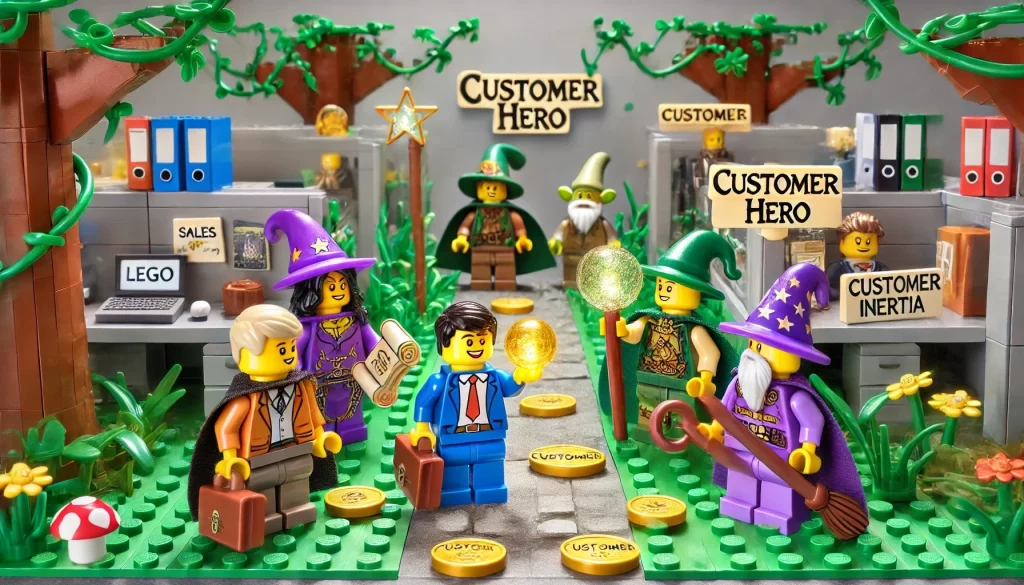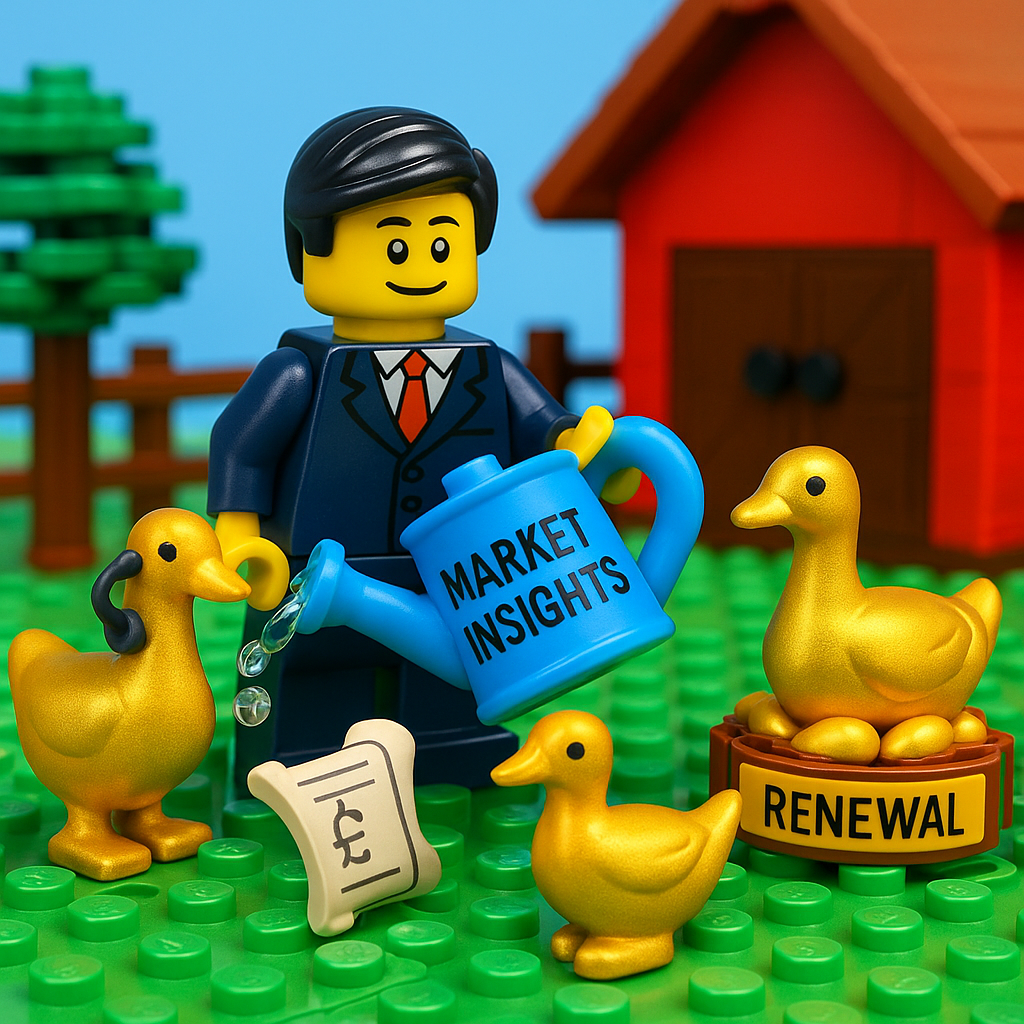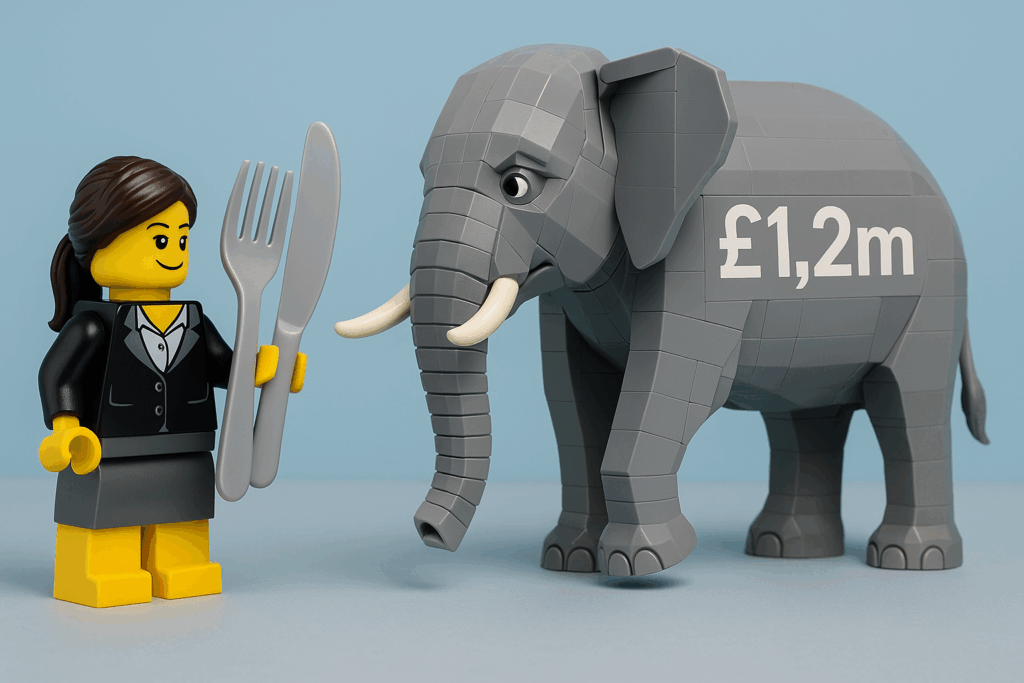Once upon a time…
Once upon a Monday morning, in a relatively commutable land of glass lifts, grey carpet, and lukewarm coffee, a well-meaning but slightly under-the-radar professional named Alex* set off on a quest…
Wandering through the enchanted Corporate Forest (also known as HQ), Alex sought the secret to winning more customers. Not with spreadsheets. Not with bullet points. But with stories.
And so began a journey of magical discovery.
*other names are available.
“Those who tell the stories rule the world.”
Hopi American Indian proverb
#1. Stories stick where stats slip
Deep in the Forest of Floor 14, Alex bumped into the Wizard of Engagement, who whispered:
“The brain is wired for stories, not PowerPoint. Stats are useful, but stories are memorable. Next time you talk to a customer, don’t just say what you do. Tell them what you’ve done.”
🧙♂️ Instead of:
“We reduced operational costs by 8%.”
Try:
“We worked with another business like yours that was juggling five different systems. We simplified it to one, saved them time, and helped their FD sleep better at night.”
#2. Collect your case studies like gold nuggets
At the vending machine clearing (Level 3), the Adonis of Awesome Anecdotes (or Triple A to his mates) appeared, surrounded by shimmering case study scrolls.
“You need stories ready to go. Not vague memories of ‘a matter last year’. Write them down. Voice note them (we recommend SuperWhisper). Turn them into golden nuggets.”
“But how?!” cried Alex. “My training has sucked the imagination right out of me.”
💡 “Ahhhhh” said Triple A. “You need the three C’s”:
- Challenge: What was the customer’s situation?
- Change: What did you do?
- Consequence: What happened next?
EXAMPLE: Rinse & Repeat
Challenge: Recently, one of our customers were delivering a bespoke solution each time — brilliant work, but impossible to scale.
Change: We helped them turn their expertise into a repeatable product — a diagnostic toolkit + template playbook.
Consequence: Within six months, they’d sold it to three new customers with zero delivery rework and doubled their margin.
Bonus quote: “It’s like we bottled lightning — and now we can sell it!”
#3. Make them the hero, not you
On the mezzanine bridge, Alex met The Sage of the Second Act, a sharp-eyed strategist in a tailored cloak who beckoned him close and said in a hushed tone:
“In every story, someone wins. If it’s always you, that’s not a story — it’s a humblebrag. Make your customer the hero. You’re the trusted guide, the Fairy BD-Mother, the Samwise to their Frodo, their Timone & Pumbaa.”
🧠 Instead of:
“We saved the deal.”
Try:
“We helped their COO make a case to the board — and they got the funding, and the internal kudos to go with it.”
Not only is this more flattering (and accurate), but it shifts the story into their world. That’s where the magic happens.
And then came the villain…
But no tale is complete without a bit of drama.
Lurking in the shadow of a dull grey cubicle was Sir Inertia – the most stubborn of foes. His powers? Making customers say things like “We’ll think about it” or “Maybe next quarter”.
Alex smiled. Because stories — real, human, powerful stories — were the one thing even Sir Inertia couldn’t ignore.
🎤 The End.
Or rather, the beginning…





